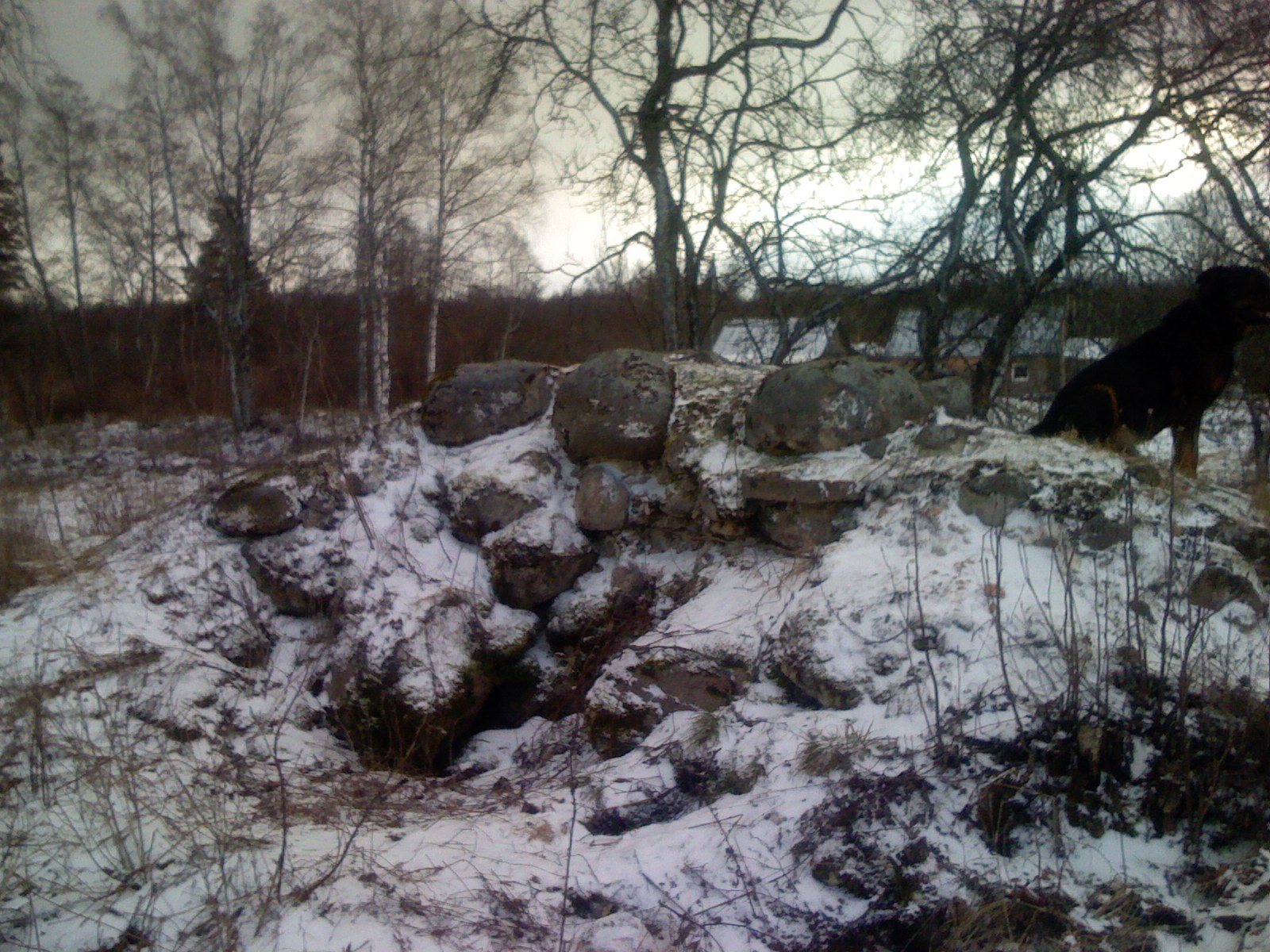Kärkna Abbey on:
[Wikipedia]
[Google]
[Amazon]
 Kärkna Abbey ( et, Kärkna klooster; german: Kloster Falkenau or ''Valkenau''), now ruined, was a former Cistercian monastery in
Kärkna Abbey ( et, Kärkna klooster; german: Kloster Falkenau or ''Valkenau''), now ruined, was a former Cistercian monastery in
 Kärkna Abbey ( et, Kärkna klooster; german: Kloster Falkenau or ''Valkenau''), now ruined, was a former Cistercian monastery in
Kärkna Abbey ( et, Kärkna klooster; german: Kloster Falkenau or ''Valkenau''), now ruined, was a former Cistercian monastery in Estonia
Estonia, formally the Republic of Estonia, is a country by the Baltic Sea in Northern Europe. It is bordered to the north by the Gulf of Finland across from Finland, to the west by the sea across from Sweden, to the south by Latvia, a ...
.
Situation
The monastery was sited about 8 km north of Tartu (formerly Dorpat) in the village of Lammiku near the point where the Amme River flows into theEmajõgi
Emajõgi (; meaning ''"Mother River"'') is a river in Estonia which flows from Lake Võrtsjärv through Tartu County into Lake Peipsi, crossing the city of Tartu for 10 km. It has a length of 100 km.
The Emajõgi is sometimes called ...
River.
History
The monastery was founded before 1233 by the Bishop of Dorpat, Hermann von Buxhoeveden, and settled by monks fromPforta Abbey
The Pforta monastery is a former Cistercian monastery located near Naumburg in Saxony-Anhalt, Germany. It was established in the 1130s and prospered in the Middle Ages. In the course of the Reformation the monastery was disbanded in 1540. Today th ...
, of the filiation of Morimond
Morimond Abbey is a religious complex in Parnoy-en-Bassigny, Haute-Marne department, in the Champagne-Ardenne region of France. It was the fourth of the four great daughter abbeys of Cîteaux Abbey, of primary importance in the spread of the Ci ...
. An early destruction by heathen inhabitants of the district is mentioned in 1234. After attacks by Russian forces from the principality of Vladimir
Vladimir may refer to:
Names
* Vladimir (name) for the Bulgarian, Croatian, Czech, Macedonian, Romanian, Russian, Serbian, Slovak and Slovenian spellings of a Slavic name
* Uladzimir for the Belarusian version of the name
* Volodymyr for the Ukr ...
- Suzdal and the Novgorod Republic
The Novgorod Republic was a medieval state that existed from the 12th to 15th centuries, stretching from the Gulf of Finland in the west to the northern Ural Mountains in the east, including the city of Novgorod and the Lake Ladoga regions of mod ...
it was rebuilt in about 1240 as a fortress surrounded by a moat and a rectangular granite wall. In 1305 it was placed under Stolpe Abbey on the Peene
The Peene () is a river in Germany.
Geography
The Westpeene, with the Ostpeene as its longer tributary, and the Kleine Peene/Teterower Peene (with a ''Peene '' without specification (or ''Nordpeene'') as its smaller and shorter affluent) flo ...
in Pomerania
Pomerania ( pl, Pomorze; german: Pommern; Kashubian: ''Pòmòrskô''; sv, Pommern) is a historical region on the southern shore of the Baltic Sea in Central Europe, split between Poland and Germany. The western part of Pomerania belongs to ...
, which had joined the Cistercian order the previous year. In August 1558 the monastery was destroyed at the beginning of the Livonian War
The Livonian War (1558–1583) was the Russian invasion of Old Livonia, and the prolonged series of military conflicts that followed, in which Tsar Ivan the Terrible of Russia (Muscovy) unsuccessfully fought for control of the region (pr ...
. There are remains of the foundations and of the perimeter walls.
Buildings
The rectangular church was about 47 metres long, and consisted of a single nave of five vaulted bays. Unusually for a Cistercian church it also had a crypt of 10 bays containing two aisles, which was used not only as a place of burial but also as a place of shelter during hostilities. To the south of the church were attached the conventual buildings in the usual form of three ranges arranged in a square round a cloister and a central courtyard, with the chapter house in the east range.List of abbots
* P. - 1234 * Godefridus - 1253 * B. - 1264 * Winandus - 1277–1288 * Daniel - 1295–1298 * Johannes de Hapsele - before 1304 * Dithmarus - 1304–1308 * Hermannus - 1327–1336 * Everhardus - 1346 * Johannes - 1354 * Albertus - 1388–1397 * Bertoldus - 1411–1433 * Gotfrid Mäke - 1462–1466 * Johannes - 1484 * Lambert - 1504–1525 * Christoph Hogenstein - 1528–1535 * Gerardus - 1538–1540 *Hermann Wesel
Hermann Wesel (died June 1563) was a German ecclesiastic in Livonia, and the last Roman Catholic Bishop of Dorpat ( Tartu).
Life
Hermann Wesel is presumed to have originated from Wesel on the Lower Rhine. His father is supposed to have been a s ...
- 1544–1558 (also Bishop of Dorpat from 1554)
See also
*List of Christian religious houses in Estonia {{Short description, none
This is a list, as yet incomplete, of Christian monasteries and religious houses, both extant and dissolved, in Estonia, for both men and women. For churches, see List of churches in Estonia, List of cathedrals in Estoni ...
References
* Dimier, M.-Anselme, 1971: ''L'art cistercien hors de France'', p. 49, with plan. La Pierre-qui-Vire: Zodiaque * Schneider, Ambrosius, 1986: ''Lexikale Übersicht der Männerklöster der Cistercienser im deutschen Sprach- und Kulturraum'', in: Schneider, Ambrosius; Wienand, Adam; Bickel, Wolfgang; Coester, Ernst (eds): ''Die Cistercienser, Geschichte – Geist – Kunst'' (3rd edn), p. 654. Cologne: Wienand Verlag * Tuulse, A., 1942: ''Die Burgen in Estland und Lettland'', pp. 270-274. Dorpat Cistercian monasteries in Estonia Christian monasteries established in the 13th century Tartu Parish Buildings and structures in Tartu County Ruins in Estonia 1558 disestablishments {{tartu-geo-stub